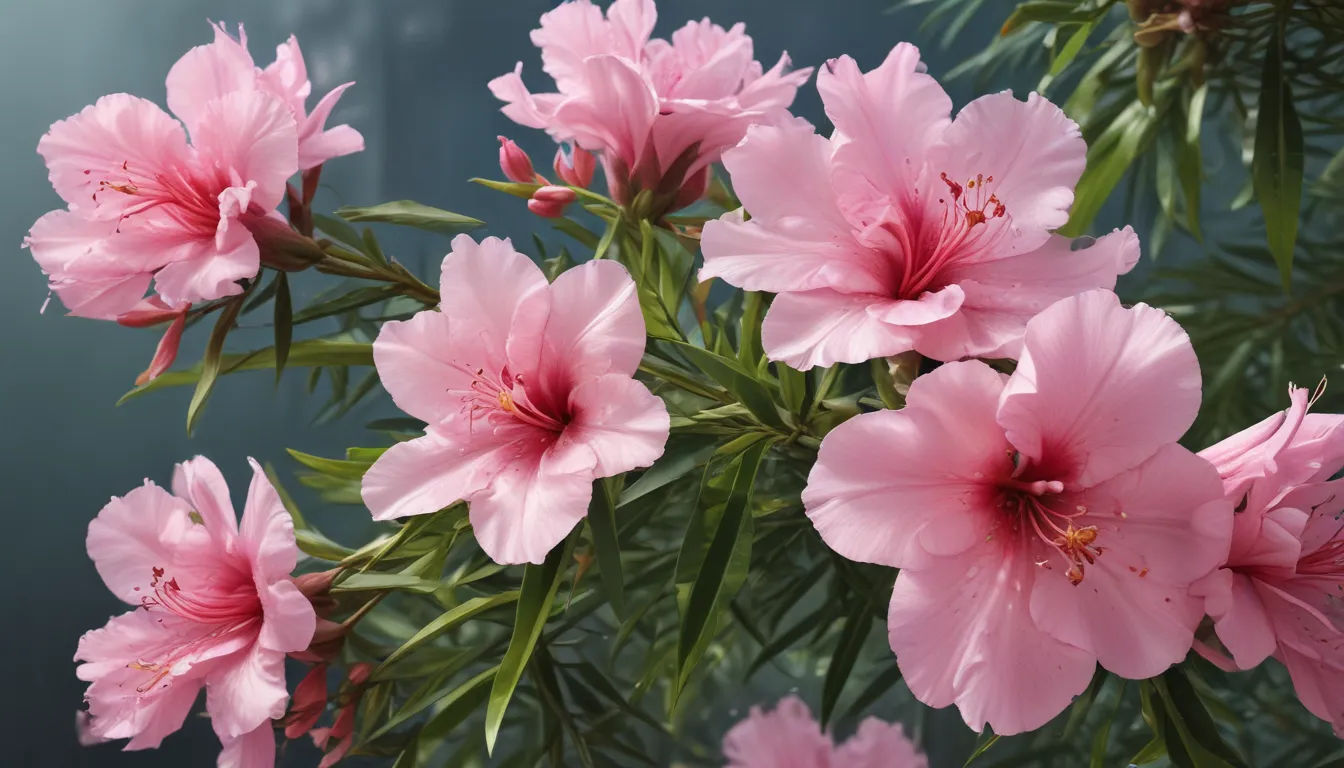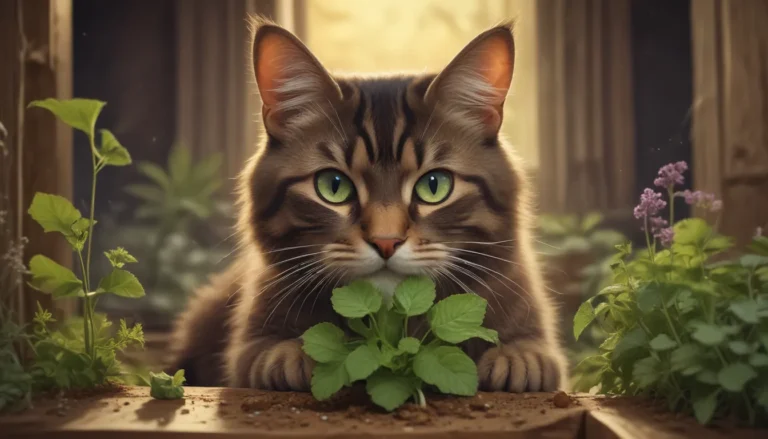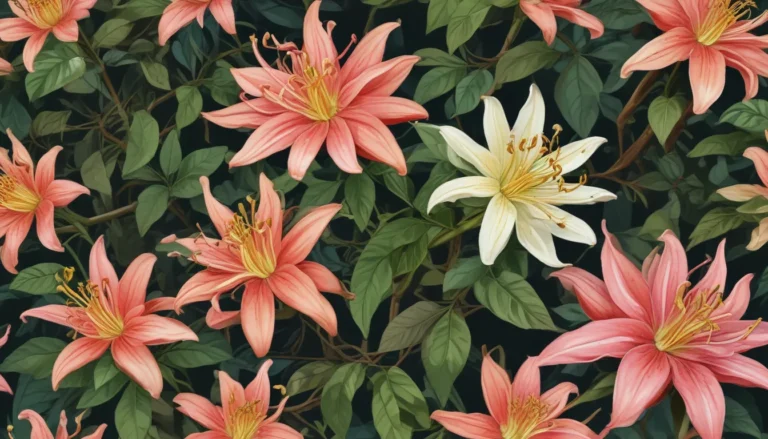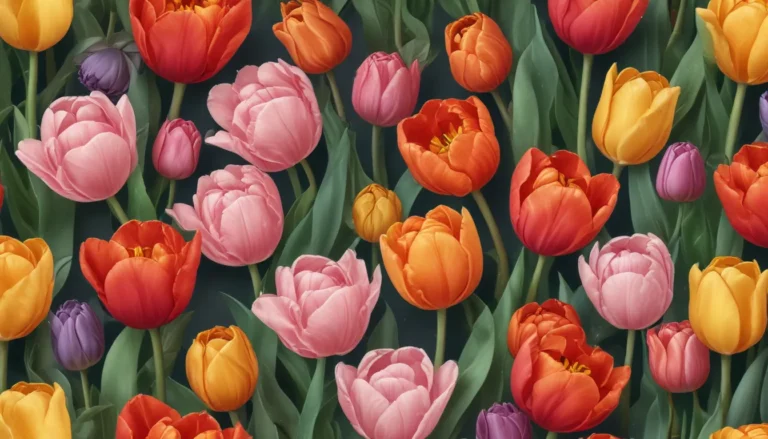The pictures we use in our articles might not show exactly what the words say. We choose these pictures to make you interested in reading more. The pictures work together with the words but don’t take their place. The words still tell you the important facts.
Are you intrigued by the captivating beauty of oleander, the stunning plant with colorful flowers and lush foliage? While oleander may be a common sight in gardens worldwide, there are several surprising facts about this plant that are sure to catch your attention. Whether you're a gardening enthusiast or simply curious about fascinating flora, oleander is a botanical marvel that warrants exploration. In this article, we will delve into nine unexpected facts about oleander that shed light on its unique characteristics. From its toxic properties and medicinal uses to its historical significance and cultural appeal, oleander continues to captivate individuals around the globe. So, let's embark on a journey of discovery and uncover the hidden wonders of this extraordinary plant.
The Allure of Oleander: Unveiling its Secrets
- Oleander is a strikingly beautiful plant with vibrant flowers that come in various hues, including pink, white, yellow, and red. These colorful blooms make oleander a popular choice for gardens and landscapes, adding a touch of elegance and charm to any outdoor space.
- Despite its allure, oleander is also one of the most toxic plants in the world, containing a potent toxin called oleandrin. This toxin can be lethal if ingested by humans or animals, emphasizing the importance of handling oleander with caution and keeping it out of reach of children and pets.
- In addition to its visual appeal, oleander is highly resistant to drought, making it an ideal plant for regions with limited water availability or for individuals seeking low-maintenance landscaping options. Its adaptability to arid conditions adds to its appeal as a robust and versatile plant.
- Oleander has a rich history of medicinal use, with traditional practices utilizing its extracts to treat various ailments such as heart disease, asthma, and cancer. While these uses have not been scientifically proven, they highlight the cultural significance and healing potential attributed to oleander in different parts of the world.
Exploring the Fascinating World of Oleander
- Native to the Mediterranean region, oleander has been cultivated for centuries due to its ability to thrive in warm climates and its stunning floral displays. Its presence in gardens throughout the Mediterranean reflects its enduring popularity and aesthetic appeal.
- Besides its ornamental value, oleander is frequently used in hedges and privacy screens, thanks to its dense foliage and rapid growth. This makes it an excellent choice for creating boundaries and barriers in outdoor spaces while enhancing the visual appeal with its colorful flowers.
- However, oleander's aggressive growth has led to its classification as an invasive species in certain regions, where it outcompetes native plants and disrupts local ecosystems. Careful consideration and adherence to local regulations are essential when planting oleander to prevent environmental harm.
- It's crucial to handle oleander with care, as its sap can cause skin irritation and allergic reactions. Wearing protective gloves when pruning or handling oleander is advisable to avoid any contact with the toxic compounds present in the plant.
Embracing the Enigmatic Nature of Oleander
In summary, these nine surprising facts about oleander offer a glimpse into the captivating world of this alluring plant. From its toxic properties to its cultural significance, oleander continues to enthrall individuals with its diverse characteristics and uses. Whether you're looking to adorn your garden with its vibrant blooms, explore its traditional medicinal applications, or simply appreciate its botanical wonders, oleander presents a myriad of opportunities for discovery and admiration.
Unlocking the Mysteries of Oleander: A Botanical Journey
As you embark on your botanical journey with oleander, remember to approach this plant with caution and respect for its toxic nature and cultural heritage. Whether you're a seasoned gardener or a curious explorer, oleander's beauty and intrigue are bound to leave a lasting impression on your botanical knowledge and appreciation.
FAQs: Navigating the World of Oleander
Q: Can I grow oleander in my garden?
A: Yes, oleander is a hardy shrub that can thrive in many regions. However, caution should be exercised due to its toxic properties, especially around children and pets.
Q: Are oleander flowers fragrant?
A: Indeed, oleander flowers boast a pleasant fragrance, with variations in scent depending on the cultivar, ranging from light and sweet to more intense and citrus-like.
Q: How often should I water oleander?
A: Oleander is drought-tolerant once established, requiring minimal watering. Allow the soil to dry out between waterings to maintain its health.
Q: Can oleander be used for landscaping purposes?
A: Absolutely! Oleander's attractive flowers and evergreen foliage make it a popular choice for landscaping, whether as a hedge, border plant, or specimen addition to enhance outdoor spaces.
Embrace the Beauty and Mystery of Oleander
In conclusion, oleander's fascinating nature and diverse uses make it a captivating subject for exploration and admiration. From its toxic allure to its vibrant blooms, oleander stands as a testament to the intricate and enchanting world of botanical wonders. As you delve deeper into the realm of plants and gardens, let the enigmatic charm of oleander inspire and educate you on the remarkable diversity of the natural world.






